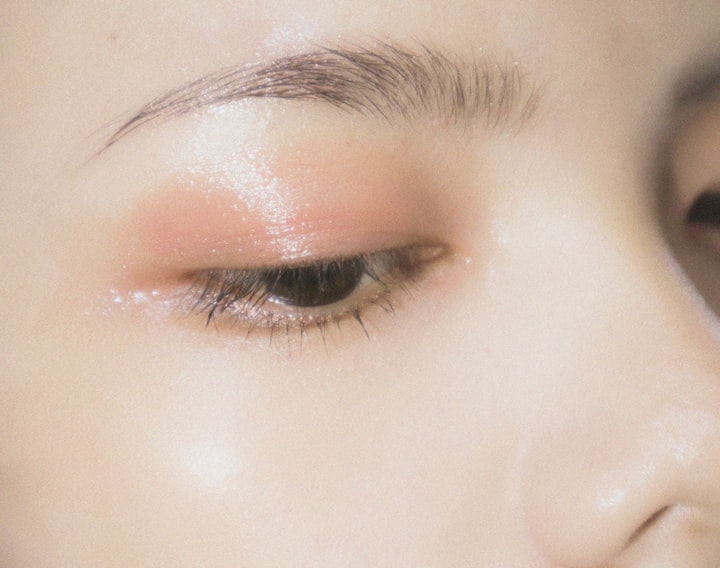The Dark Side of Fireworks
How can we continue to display fireworks if they cause serious problems for our health and the environment?

Ever since the founding of the United States, holidays like Independence Day and New Year’s Eve are commemorated with colorful public fireworks displays that have excited adults and children. But past the bright colors lies a sinister problem. Fireworks bring along immense health and psychological problems for people, animals, and the environment, prompting us to ask: how can we still use fireworks if they cause harm to us?
Despite the call of attention by scientists and city officials to the effects of loud noises and pollution on animals and people, fireworks are still displayed over bodies of water and near urban areas. Emphasized by the sustainability website Treehugger, fireworks are highly toxic because of the gunpowder, sulfur, charcoal, and metals that they’re made of. These toxic ingredients can seriously affect our bodily functions.
The elements used for each color possess unique problems, according to the website EarthSky. Strontium is used in red fireworks. It is a soft, glossy-yellow metal that turns red when burned. But after it is set off, the strontium compounds dissolve in water and infect the soil and groundwater. Children are especially vulnerable to red fireworks, as strontium will mess with their bone growth.
In white fireworks, aluminum is used. Surprisingly, aluminum is already a part of our bodies because we eat about 8 milligrams of it in our food. But if we are exposed to high levels, it can cause Alzheimer’s disease.
Barium, which is used in green fireworks, can cause cancer, vomiting, muscle cramps, and even paralysis. In blue fireworks, copper is used. Although the copper compounds are not toxic, they do release dioxins, which don’t occur naturally. Dioxins must be avoided, and consequently blue fireworks, because, when exposed to them, they can cause a fatal skin disease called chloracne, characterized by acne-like lesions.
Rubidium is a soft, silvery metal used in purple fireworks. The metal can melt into a liquid at 104 degrees. It is also very reactive with water and can cause fires even below the freezing point. If rubidium is ingested, it can replace the calcium in our bones.
Moreover, the process of creating those fireworks is a destructive one. The elements are extracted through mining, a deadly process that results in deforestation and pollution of rivers, streams, and groundwater for animals and nearby communities. Considering the occurrence of water pollution through mining, extracting the same elements that pollute after they’re burned sounds counterintuitive.
In fact, the air pollution caused by the fireworks must be paid attention to. According to Forbes, the Air Quality Index measures the amount of pollution after a certain firework color is set off. The values on the AQI range from 0 to 500. Anything above 401 is considered severely polluted and poses a threat to both the healthy and immunocompromised. For example, the air quality after a green firework, covering 0 to 50, is considered “good.” But after a red firework, covering 151 to 200, is set off, the air quality is “unhealthy” and poses a threat to children and adults with breathing problems and encourages staying inside. In extreme cases, the air quality after a maroon firework is set off, covering 301 to 500, is “hazardous.” This case requires everyone to stay indoors.
In addition to the physical effects of fireworks, the psychological effects must also not be ignored. The sudden booms, whistles, and bright lights can all frighten animals and trigger emotional reactions in people. Thus it is a very serious risk taken to use fireworks. People who have experienced mass shootings, wars, or bombings will be affected the most, as the sounds will remind them of those moments and trigger PTSD.
Considering the negative effects of fireworks on people and the environment, urgent changes must be made. Health problems are an imminent effect and especially those most vulnerable to the coronavirus are those who are immunocompromised. In conclusion, the materials we use in our fireworks must be sustainable and environmentally-friendly. Fortunately, we have seen it in places around the world. According to Terrapass, the fireworks used in the display in Sydney, Australia are made from biodegradable paper, leaving behind no chemicals in the air. Additionally, to be even more sustainable, options can be going to a holiday-themed concert, taking a hike, or staying at home with music and friends.
Before we choose to display fireworks, we must strive to protect the lives of our friends and family, as well as the animals and environment we coexist with.
About the Creator
Thomas Jang
Alongside majoring in Environmental Studies, I love expressing my thoughts on films and TV, environment-related issues, urban landscapes, to architecture.






Comments
There are no comments for this story
Be the first to respond and start the conversation.